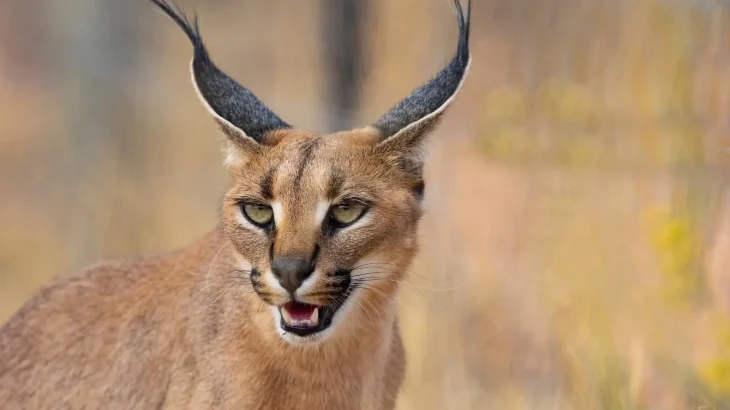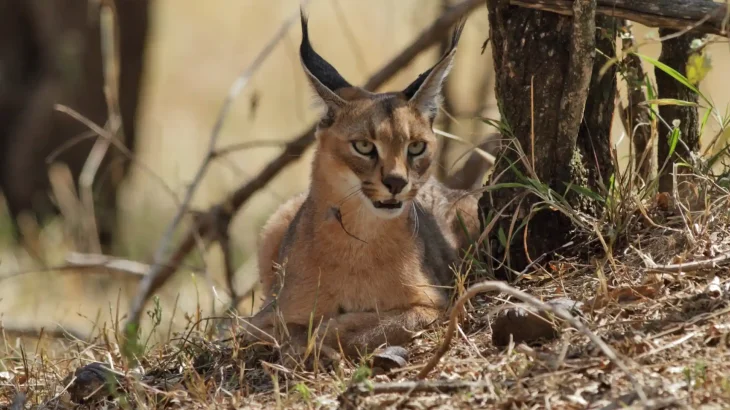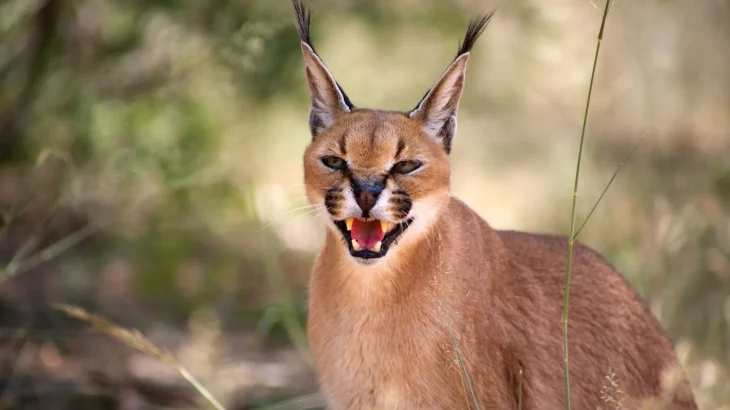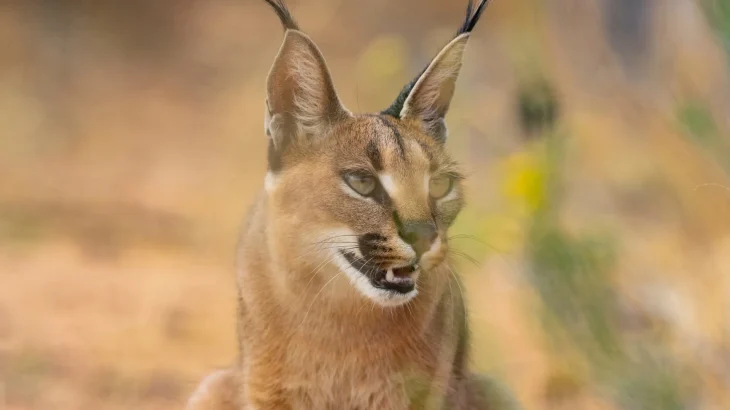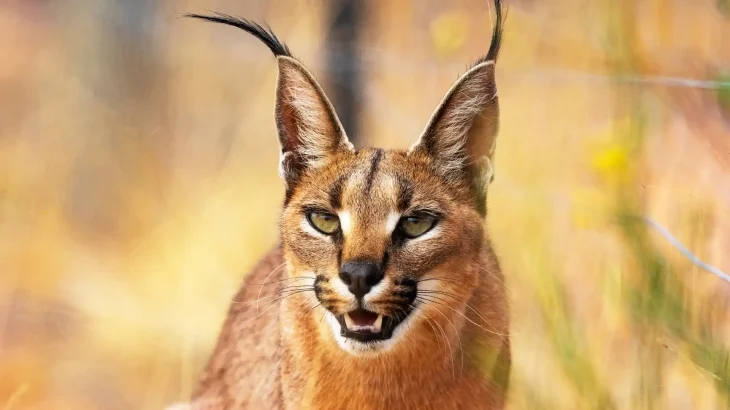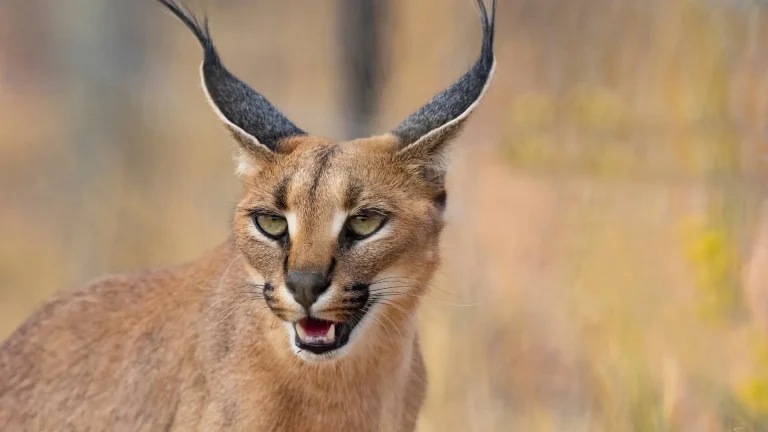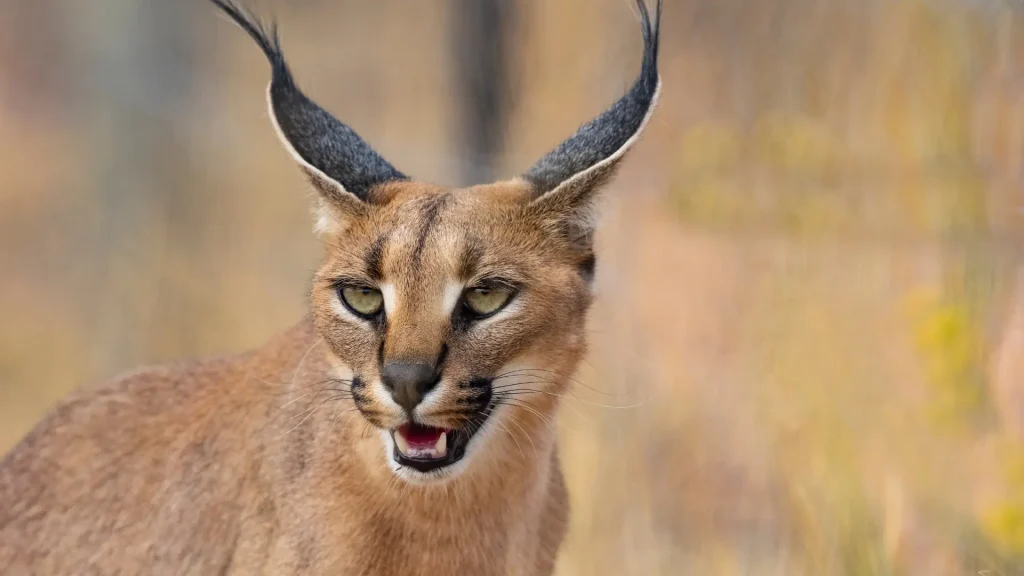Choosing between adopting or purchasing a Desert Lynx kitten depends largely on your priorities regarding cost, health guarantees, and ethical considerations. While buying from a breeder can offer clear insights into the kitten's lineage and health, adopting provides a chance to give a home to a cat in need, sometimes with less certainty about background details.
Adoption vs. Breeder: Pros & Cons
| Criteria | Buying from Breeder | Adopting from Shelter/Rescue |
|---|---|---|
| Cost | Higher initial cost due to breed rarity and pedigree documentation. | Lower adoption fees, often includes basic medical care. |
| Health History | Provides detailed health and genetic background for the kitten. | Health history may be limited, though basic health checks are usually done. |
| Age Availability | Mostly kittens, allowing for early socialization. | Varied ages, often including adult cats. |
| Temperament Insight | Breeders can offer information on parental traits and expected behavior. | Shelter staff may provide behavioral observations but full history can be unknown. |
| Supporting Practices | Supports selective breeding; important to choose responsible breeders. | Aids in animal welfare by rescuing cats needing homes. |
| Ethical Considerations | Risk of supporting unethical breeding if not careful; verify breeder's reputation. | Promotes reducing homeless cat populations and saves lives. |

